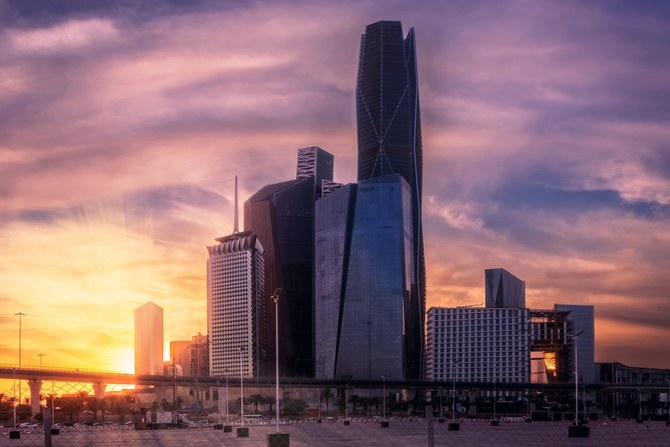
07 May 2024
RIYADH: The Saudi government’s assets are forecasted to remain strong amid steady economic diversification efforts aimed at reducing the Kingdom’s dependence on oil, stated a new report.
According to S&P Global, the increasing debt issuance to fund Vision 2030 projects may exert pressure on Saudi Arabia’s net asset position until the end of the decade. However, the Kingdom will mitigate this impact through its wise and prudent fiscal policies.
“S&P Global Ratings expects that growing debt issuance to finance Vision 2030 projects could pressure the sovereign’s fiscal metrics. In our base case, however, we expect the government’s net asset position will deteriorate but remain strong,” stated the credit-rating agency.
It added: “The ramp-up in fiscal deficits and debt could weaken the government’s balance sheet far sooner than returns on investment will accrue. Much will depend on the roles that foreign investment, the private sector, and capital markets will play in financing Vision 2030.”
According to the report, Saudi Arabia’s sovereign wealth fund, spearheading the Kingdom’s economic diversification efforts, aims to invest $40 billion annually in the local economy to bolster Vision 2030 goals.
The US-based firm highlighted that the Saudi government will continue to support the Public Investment Fund in various ways, including funding essential infrastructure for mega and giga project sites.
Public and private investment
S&P Global also predicted that certain Vision 2030 projects will extend beyond this decade, facilitating a more organic increase in economic activity and foreign investment.
While PIF and the government will persist in debt-financed investment for Vision 2030, other government-related entities, including portfolio companies of the wealth fund, private-sector participants, and foreign direct investment, will also play crucial roles in implementing economic diversification projects in the Kingdom.
The report underscored that FDI inflows have averaged around 2 percent of Saudi Arabia’s gross domestic product over the past three years, with the Kingdom aiming to increase this to 5.7 percent by 2030.
According to S&P Global, the opening of free economic zones and the regional headquarters program could expedite the growth of FDI inflows in the coming years.
“Future FDI inflows could offer upside on the back of growing investment opportunities and government efforts to improve regulatory and business conditions. These efforts include the opening of free economic zones and a 30-year tax break for multinational companies opening regional headquarters in the country,” added the agency.
It underscored the role of the Saudi capital market in catalyzing the Kingdom’s economic diversification efforts.
The report highlighted that the Saudi exchange is collaborating closely with the Capital Markets Authority to streamline processes and attract both local and international issuers by enhancing market functionality and efficiency.
These initiatives by Tadawul will ultimately enhance the appeal of debt and equity transactions on capital markets and facilitate a more diversified funding base for Vision 2030 projects.
It also noted that the Saudi government possesses additional assets it could leverage to support Vision 2030 and prevent an expanding debt bubble. This includes an 82 percent stake in Saudi Aramco, which boasts a market capitalization exceeding $7 trillion.
“The government has thus far transferred a total 16 percent stake in Saudi Aramco to the PIF and its subsidiaries, which has substantially added to the PIF’s asset base, leading to dividend returns that it can deploy toward Vision 2030 projects. The government could choose to sell further stakes in Aramco through an IPO (initial public offering) to raise additional financing,” added the agency.